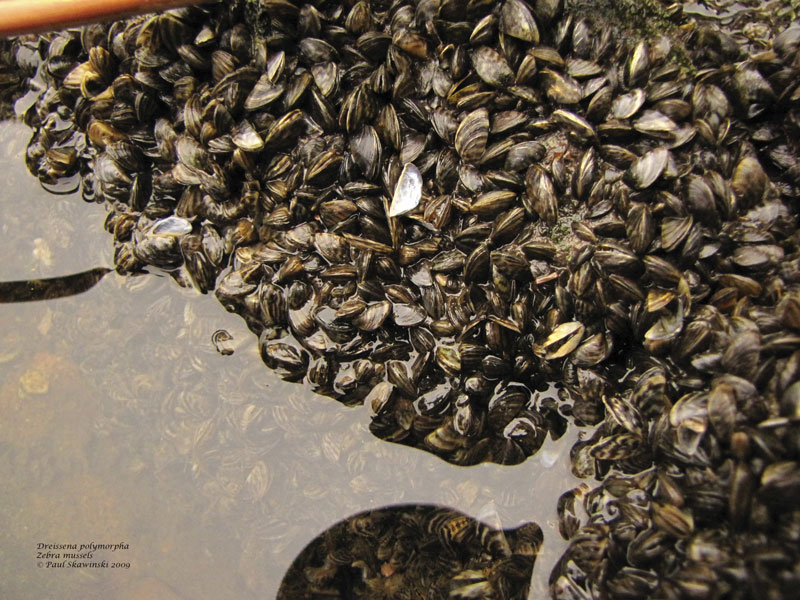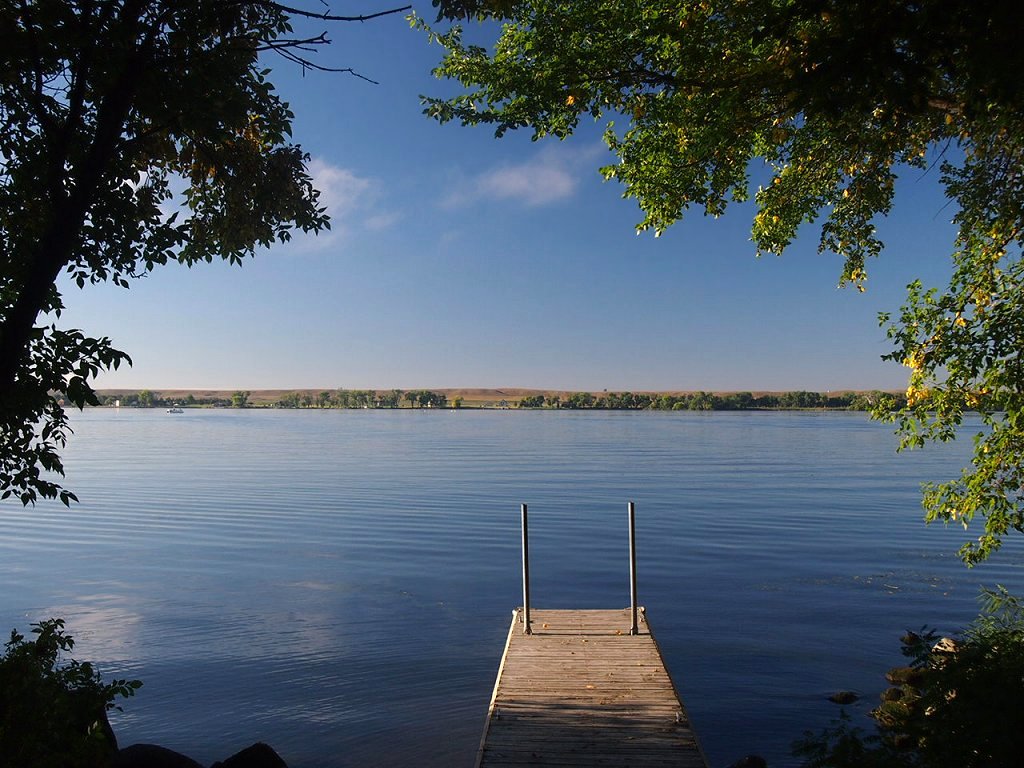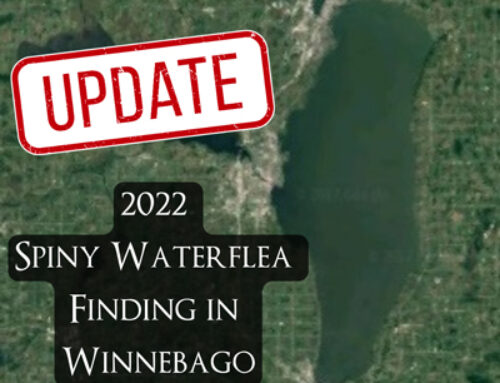
Photo Credit: Paul Skawinski
Check docks, boatlifts, and other equipment for zebra mussels and AIS when preparing for winter storage
It isn’t every day that someone has the ability to look underneath their dock and see what is happening on their structure. That rare opportunity will present itself as summer gives way to autumn and lake residents and lake service providers start to remove boats, docks and piers from the water.
Why would anyone want to take a look at the bottom of the piers?
Clean equipment gets installed every year in our lakes but it can provide an excellent home for aquatic invasive species (AIS) like zebra mussels to colonize. It’s often difficult to thoroughly inspect a structure while it’s in the water. However, during removal anyone involved with the process can easily monitor for invasive species.
AIS are non-native plants and animals that threaten Wisconsin’s waters by causing environmental and economic harm. One example, zebra mussels, can clog water intakes and pipes, encrust piers, boats and motors, and their sharp shells can cut the feet of swimmers.
Zebra mussels have been found in less than 5% of Wisconsin lakes predicted to be suitable for zebra mussels. However, they’ve been in the Winnebago waterways since 1999.
“The Winnebago system is uniquely challenging due to both its size and popularity”, explains Chris Acy, Winnebago Waterways AIS Coordinator. “Lakes Winnebago, Butte Des Morts, Winneconne, and Poygan serve as an avenue for secondary spread of zebra mussels. This means that zebra mussels are already established in our lakes but can be transported to other lakes around Wisconsin on recreational equipment used in the Winnebago system.”
How to Help
To protect the other 95% of Wisconsin’s lakes, it’s important for landowners and contractors to carefully examine piers, boats, boatlifts, rafts and any other equipment that has been in the water for a prolonged period of time for signs of zebra mussels during removal.
In addition to a visual inspection, citizens/contractors are encouraged to feel smooth surfaces of equipment to check for juvenile zebra mussels as they may have a “sand-paper like” feel and are often invisible to the human eye. If zebra mussels or other new invasive species are found, contact Chris Acy at chris@fwwa.org or (920) 460-3674.
“Responding quickly to new AIS detections is critical to help slow the spread into other waterbodies,” says Tim Campbell, AIS communications specialist for UW-Extension and the Wisconsin DNR. “It can also help control AIS within a body of water. Efforts of citizens statewide can help us achieve that.”
There are also specific laws lake property owners and contractors must follow to prevent the spread of AIS. Prior to transporting any equipment Wisconsin law requires you to:
- INSPECT boats, trailers, boat lifts, piers, rafts, and equipment.
- REMOVE all attached aquatic plants and animals.
- DRAIN all water from boats, vehicles, and equipment.
To learn more about zebra mussels and how you can help protect your waterways, visit http://WinnebagoWaterways.org.
Winnebago Waterways is a Fox-Wolf Watershed Alliance program. The Fox-Wolf Watershed Alliance is an independent nonprofit organization that identifies and advocates effective policies and actions that protect, restore, and sustain water resources in the Fox-Wolf River Basin.
This article was written by Chris Acy, the AIS Coordinator for the Winnebago Waterways Program.






